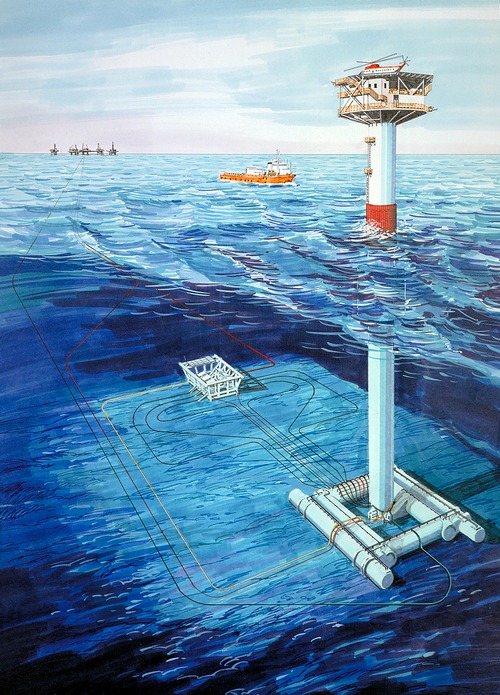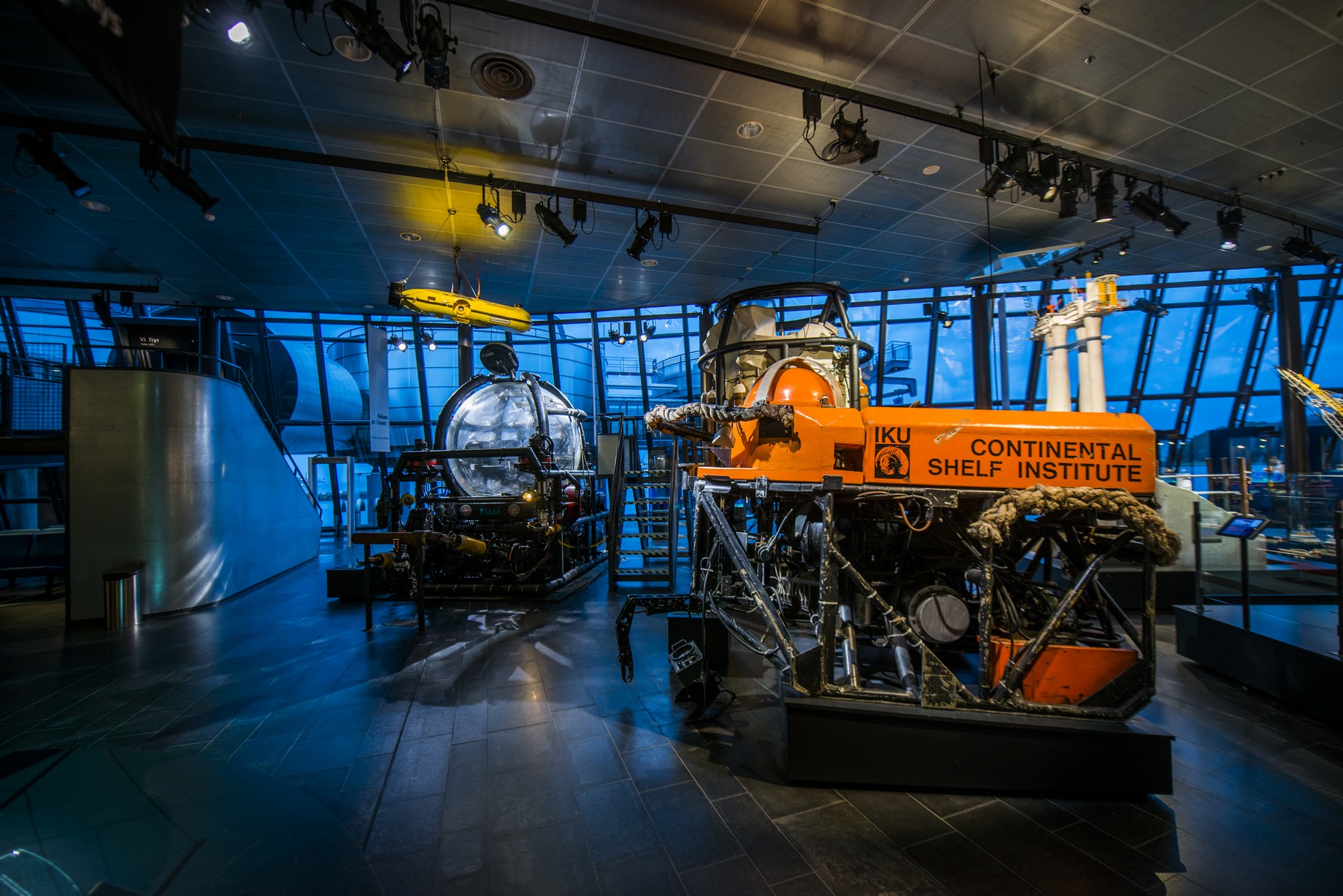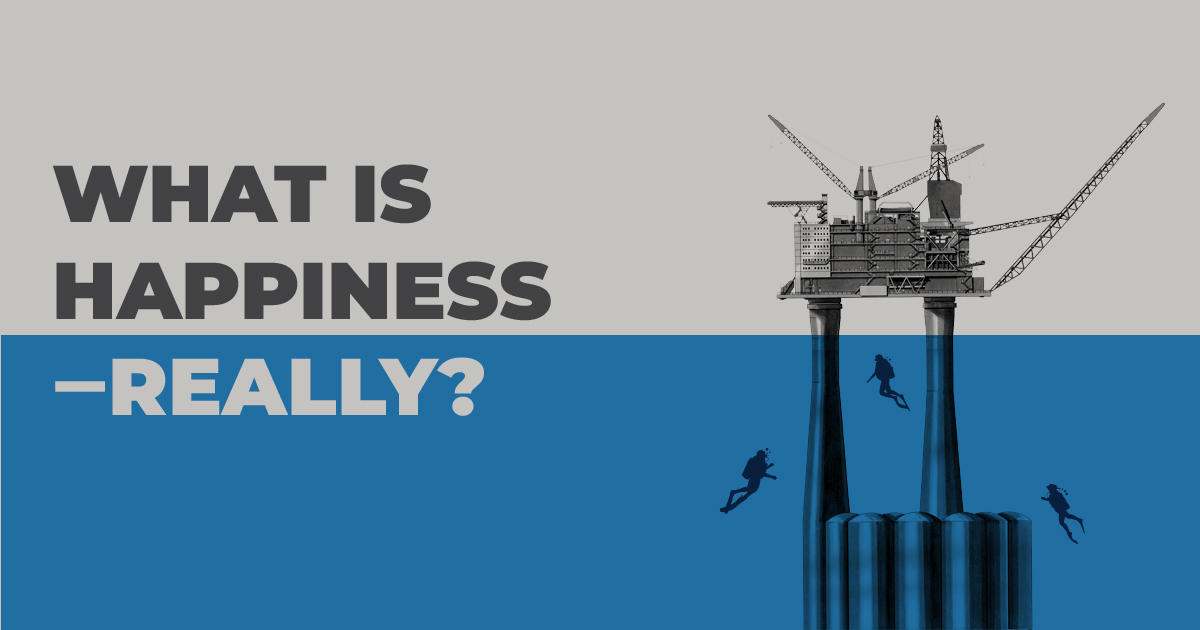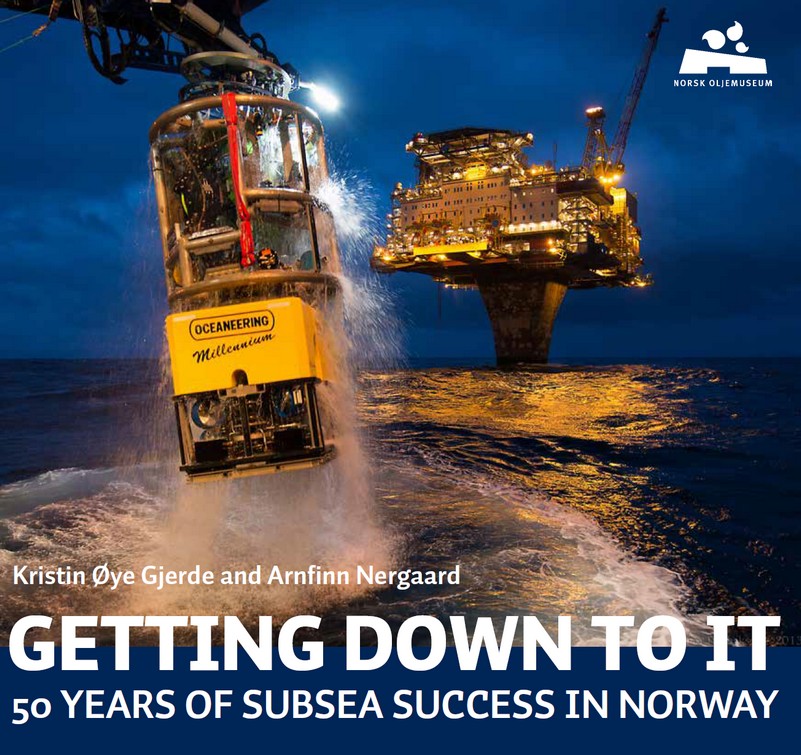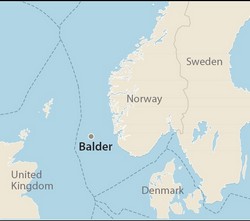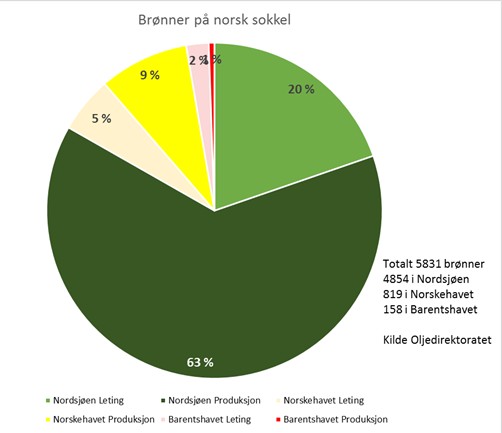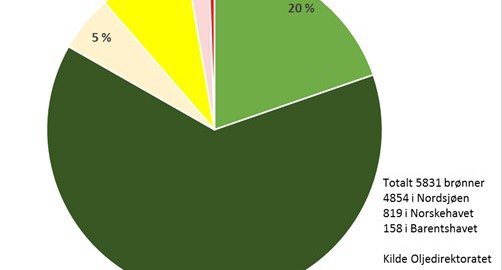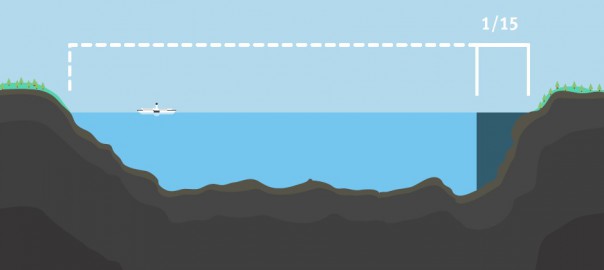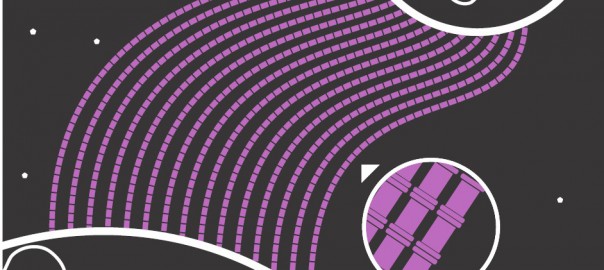A group of people with long experience of the Norwegian petroleum sector held a first meeting in January 2013 on collecting and preserving the story of subsea technology in their industry. They wanted to involve representatives from various parts of the underwater community, operator companies, research institutions and government agencies. Another goal was to entrench the project in an independent body with historical expertise. The group accordingly approached the NPM, which agreed to lead the documentation project with support from the veterans and other relevant players. A number of meetings have subsequently been held to discuss what the project should cover, and work began at the museum this autumn to collect the relevant records.
World leader
Norway ranks today as a world leader for subsea technology, and this represents an important export industry which provides many Norwegian jobs.
It embraces such aspects as subsea wells, production installations on the seabed which can be installed and operated without diver support, multiphase flow technology, remotely operated vehicles and specialised ships.
To obtain a full picture of this sector’s development, the NPM is seeking input from the industry itself as well as government agencies, research institutions and private individuals.
Relevant information could come from a broad range of sources. Official reports indicate how companies and institutions communicated with the world at large on technological advances. Internal company records reveal strategies and guidelines.
Similarly, personal papers, such as letters, diaries and notes from meetings, provide a unique insight into the way individuals and groups worked on subsea technology from day to day. Documents assembled by the project will be stored in collaboration with the National Archives in Stavanger, and their donors will be able to determine how they can be used. In addition, the museum is keen to acquire films, photographs and objects. Photos and films will be digitised and, providing permission is given, made available to the public through the Digital Museum web portal.
Related information about product development, important milestones, interesting stories and technical data is at least as important as such the objects in themselves. This will place each object in its context within the overall development of subsea technology.
Enquiries and contributions can be directed to Kristin Gjerde at the NPM, by e-mail to kristin@norskolje.museum.no
